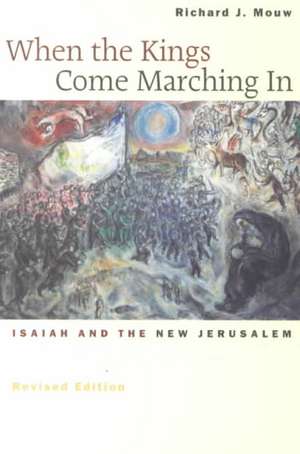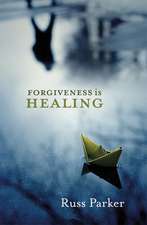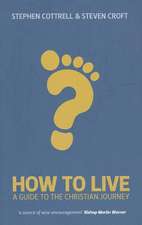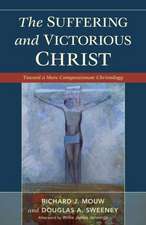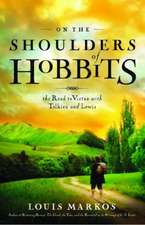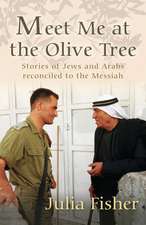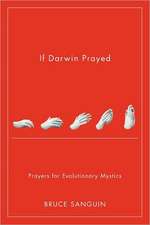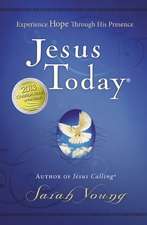When the Kings Come Marching in: Isaiah and the New Jerusalem
Autor Richard J. Mouwen Limba Engleză Paperback – 30 apr 2002
In Isaiah 60 the prophet envisions the future transformation of the city of Jerusalem, a portrayal of the Holy City that bears important similarities to John's vision of the future in Revelation 21 and 22. Mouw examines these and other key passages of the Bible, showing how they provide a proper pattern for cultural involvement in the present.
Mouw identifies and discusses four main features of the Holy City: (1) "the wealth of the nations" is gathered into the city; (2) the "kings of the earth" march into the city; (3) people from many nations are drawn to the city; and (4) light pervades the city. In drawing out the implications of these striking features, Mouw treats a number of relevant cultural issues, including Christian attitudes toward the processes and products of commerce, technology, and art; the nature of political authority; race relations; and the scope of the redemptive ministry of Jesus Christ.
The volume culminates in an invaluable discussion of how Christians should live in the modern world. Mouw argues that believers must go beyond a narrow understanding of the individual "pilgrim's progress" to a view of the Christian pilgrimage wherein believers work together toward solving the difficult political, social, and economic problems of our day.
"
Preț: 90.42 lei
Nou
17.31€ • 18.81$ • 14.55£
Carte disponibilă
Livrare economică 31 martie-14 aprilie
Specificații
ISBN-10: 0802839967
Pagini: 131
Dimensiuni: 135 x 204 x 10 mm
Greutate: 0.16 kg
Ediția:Revised
Editura: William B. Eerdmans Publishing Company
Textul de pe ultima copertă
In Isaiah 60 the prophet envisions the future transformation of the city of Jerusalem, a portrayal of the Holy City that bears important similarities to the John's vision of the future in Revelation 21 and 22. Mouw examines these and other key passages of the Bible, showing how they provide a proper pattern for cultural involvement in the present.
Mouw identifies and discusses four main features of the Holy City: (1) the wealth of the nations is gathered into the city; (2) the kings of the earth march into the city; (3) people from many nations are drawn to the city; and (4) light pervades the city. In drawing out the implications of these striking features, Mouw treats a number of relevant cultural issues, including Christian attitudes toward the processes and products of commerce, technology, and art; the nature of political authority; race relations; and the scope of the redemptive ministry of Jesus Christ.
The volume culminates in an invaluable discussion of how Christians should live in the modern world. Mouw argues that believers must go beyond a narrow understanding of the individual pilgrim's progress to a view of the Christian pilgrimage wherein believers work together toward solving the difficult political, social, and economic problems of our day.
